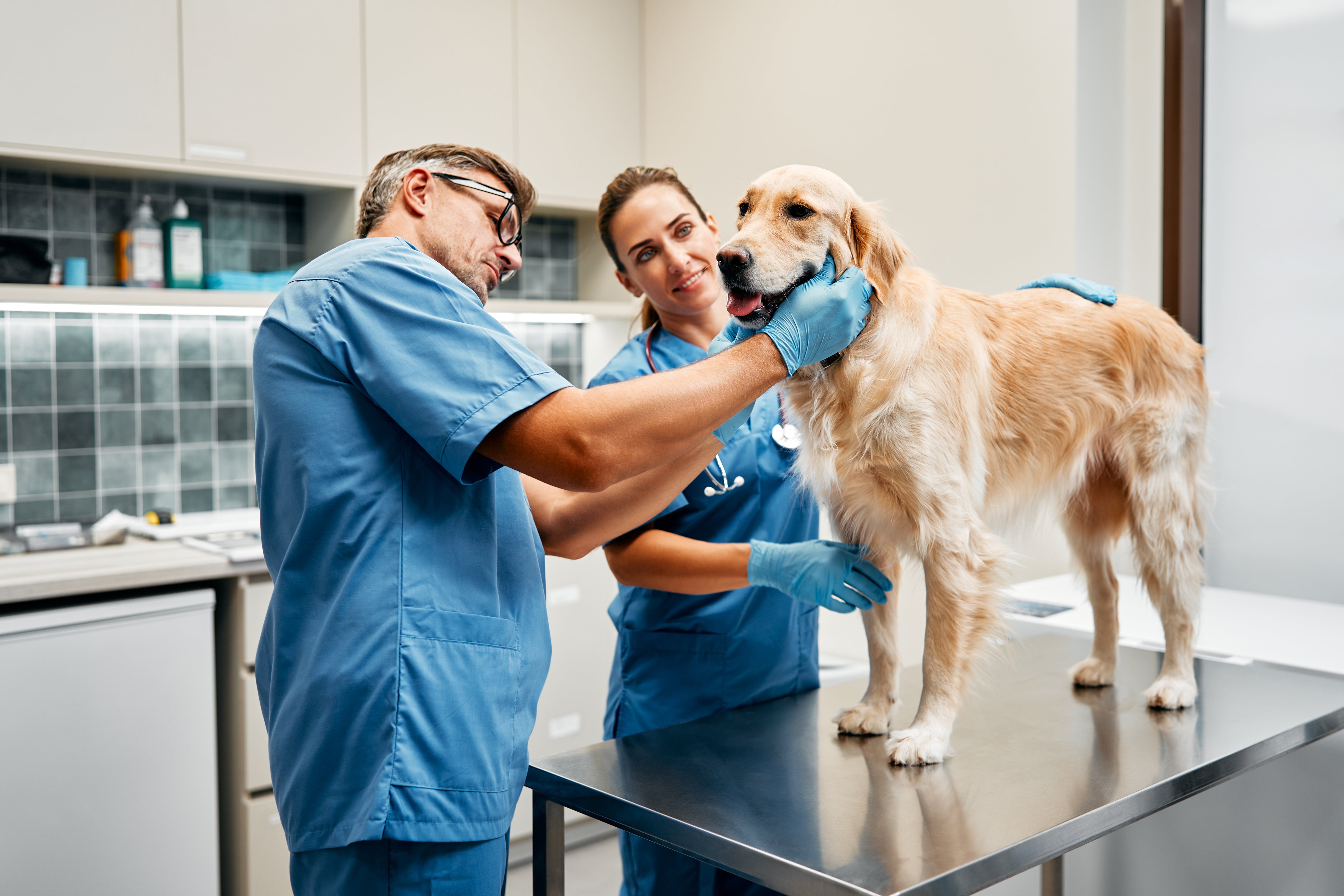Behind many veterinary compounding formulations is the versatile Polyethylene Glycol 400 (PEG 400). This staple ingredient is used in a wide range of applications, including industrial, medical, cosmetic, and veterinary uses, as a solvent, humectant, and lubricant.
Let’s take a closer look at what Polyethylene Glycol 400 is and why it is a trusted ingredient used, and the many versatile uses and benefits in veterinary medicine and compounding.
What is Peg 400?
Polyethylene Glycol 400 (PEG 400) USP and NF grade is a clear, viscous liquid that is water-soluble, non-toxic, and known for its versatile use. In veterinary medicine, it can be used in many preparations, which include oral, topical, and ocular, to help dissolve active ingredients, improve stability, and enhance patient tolerance.
Here are some of the beneficial characteristics of PEG 400, including:
-
Non-toxic and safe: Making it well-tolerated with minimal irritation risk for use in animal care and products across species.
-
Odorless and colorless: Ensuring neutrality and palatability, making it ideal for animal sensitivities and formulations.
-
Stable and non-volatile: Inert and will not react with other materials, offering formulation stability. It is also resistant to microbial growth, providing a longer shelf life that maintains product quality and consistency.
-
Non-irritating: Gentle for use in topical products and use on skin and mucous membranes, such as sensitive areas like the eyes.
-
Water-soluble and compatible with many organic solvents: An effective base to blend active ingredients without changing the color, odor, or taste. It works well with hydrophilic and lipophilic substances, such as ethanol, glycerin, and glycols.
The Versatile Veterinary Uses of PEG 400
The unique characteristics of PEG 400 make it an invaluable ingredient and essential base across various high-quality veterinary formulations. It helps provide the stability and safety needed to solve common formulation challenges and deliver consistent, reliable results that help ensure final medications are effective and well-tolerated to enhance animal care.
These veterinary applications include:
-
Oral Suspensions and Liquids: Maintaining the consistency in dosing for animals as a solvent in oral medications to increase the solubility of active ingredients that aren’t easily water-soluble.
-
Topical Creams and Ointments: Serving as a humectant, emollient, and solvent base, improving the absorption of active compounds, and enhancing the effectiveness and comfort of these topical formulations.
-
Ophthalmic Products: Helping with comfort and relief through increasing viscosity and providing the necessary lubrication and moisture retention agent in eye drops and gels.
-
Laxatives and Gastrointestinal Support: Known to have mild osmotic effects that assist in gastrointestinal health to promote hydration and motility, making it useful as a laxative base or in digestive formulations.
-
Veterinary Wound Care Medications: As a solvent and base for antimicrobial and anti-inflammatory agents in dressings and ointment formulations, and as a debriding agent that aids healing.
Due to its trusted and proven versatility, stability, and safety, PEG 400 is an essential ingredient used in a wide range of formulations to improve solubility and consistency, and support the creation of high-quality formulations.
Visit Med Lab Supply to explore our full range of Polyethylene Glycol USP/NF grades, providing consistent quality and performance, along with our high-quality selection of chemicals, solvents, and veterinary and animal care products.






